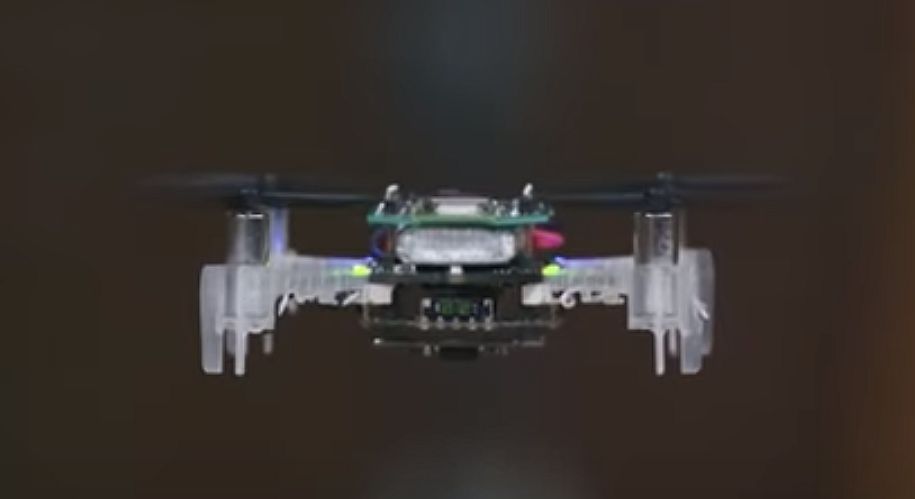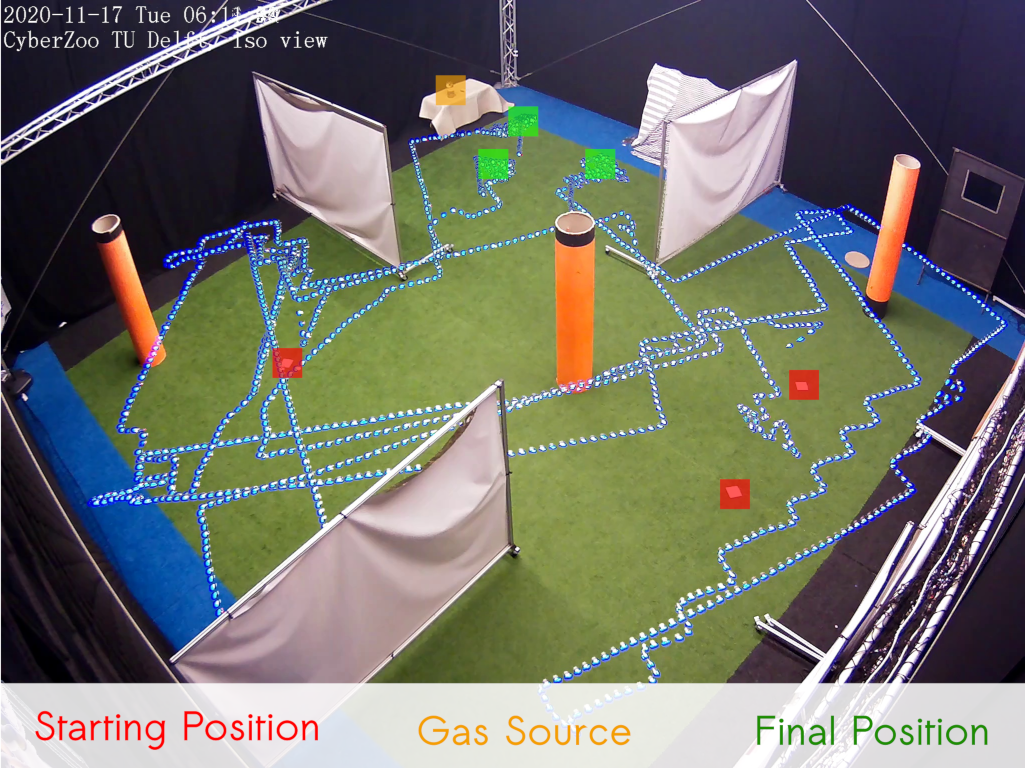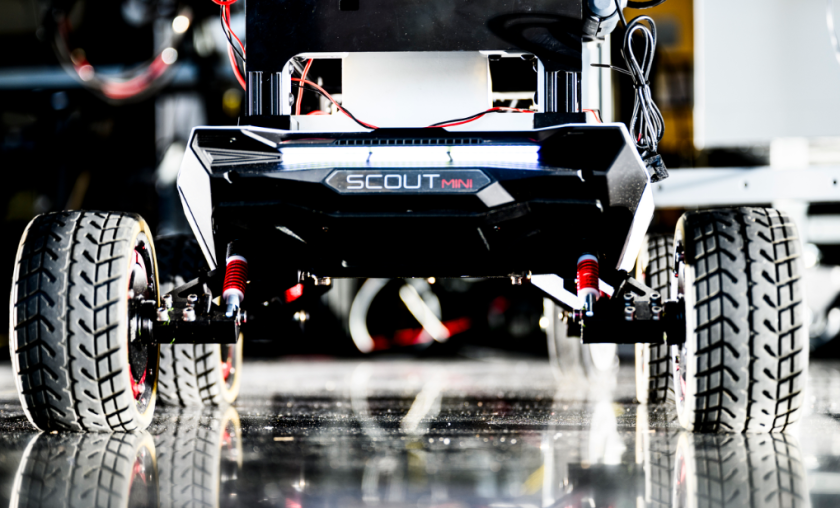
Biomimicry is not only shaping sustainable designs but it’s also revolutionizing the robotic technology. Researchers today are picking up learning from animal and insect kingdom to develop locomotion and structures in their labs.
Bio inspired designs are everywhere, be it, crawling bot, sponge inspired lattice geometry or octopus inspired device for transferring delicate implants or moth antenna on Smellicopter or mimicking the diagonal gait of side neck turtles. And now an international team of researchers have come up with fruit flies inspired tiny autonomous drones that can localize gas leaks.
Generally, human firefighters enter gas leakage arena with gas sensing instruments. Entire process is time consuming thus, high chance of risking their lives. Therefore, a team of scientists from TU Delft (the Netherlands), University of Barcelona, and Harvard University have created the first swarm of tiny drones that can track and localize gas sources, autonomously.
Key challenge in developing the drone was to design a complex AI that is easily integrated within limited computational and memory constraints of the tiny drones.
Autonomously localizing the source of gas
Autonomously localizing the source of gas is a complex task since artificial gas sensors are no where close to animal noses. Moreover, the atmosphere where gas circulates is quite complex. Paying close attention to fluctuations in gas concentration requires high sensitivity in gas sensors, which again is not as easy as it looks.
Consequently, major portion of research till date, has focused on single bot than swarm of tiny bots. Also, area for the single robot nestled in small, obstacle-free environments, where finding the source is not a challenge.
Challenges to develop swarms of tiny drones
Professor Croon at the Micro Air Vehicle laboratory of TU Delft said that the future of swarms of tiny drones is quite promising. The small size will allow them to venture into congested indoor areas easily. And having tiny army of drones will help in localizing gas source quicker. However, there are challenges of it own:
- Developing AI for onboard sensing and processing is limited. It will to be a complex task. And integrating the combinations and permutations within the memory constraints is an issue, and
- Operating tiny bots in swarms with keeping each other’s periphery into consideration to avoid possible collision is another challenge.

Bio-inspired Artificial Intelligence
Nature has examples where not only birds but tiny insects locate resources for survival by tracking along air-borne odor source localization within their constrains. Especially fruit flies with their tiny brains of ~100,000 neurons are able to locate fruits in kitchen or any corner of the room. These insects rely on simple behaviours like flying upwind or towards the direction of the source of the odor. And without colliding to each other.
Inspired from the manoeuvring behaviour of fruit flies, researchers have integrated a new “bug” algorithm within their tiny drones. As long as the drones have not sensed any gas, they will spread out to cover more perimeter. No sooner one drone senses gas, the communication will be relayed to other drones. Immediately, all the drones will co-ordinate with each other to track down the gas source.
Each drone will then work towards maximal gas concentration. Particle swarm optimization (PSO), is the termed used for the algorithm. Same combination and permutation were used for the understanding of social behaviour and motion of bird flocks.
PSO algorithm has a much higher chance of locating the gas source because it’ll require tracking the gas concentration, and not the gas concentration gradient or wind direction.
Takeaway
The current work looks promising. Developing swarm of tiny bots towards one localised task requires complex algorithm. However, if this works shows its efficacy in the real-world application, then research in AI especially in autonomous flight will take a huge leap from its current status.
In fact, the product will not only prove helpful in tracking gas leaks in buildings and greenhouses but it will also prove its efficacy in space missions like identifying methane on Mars.



